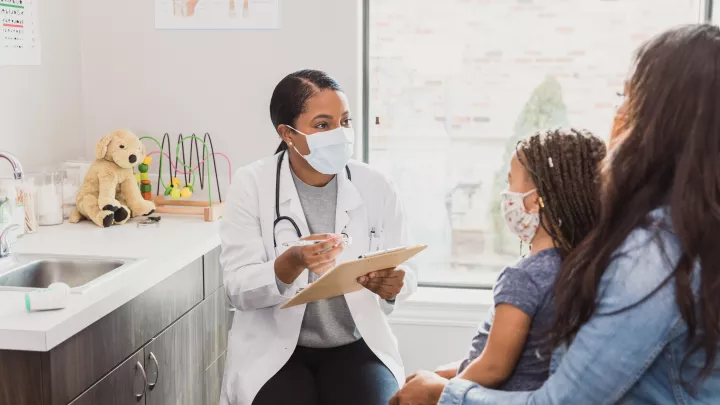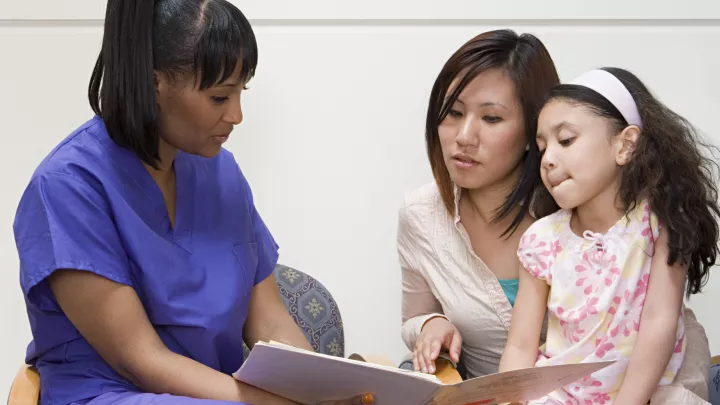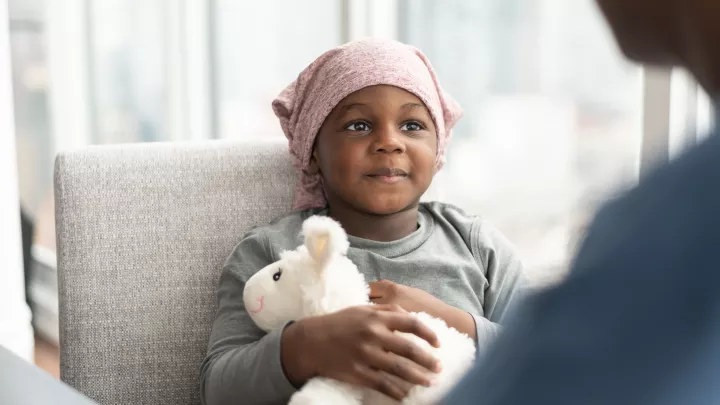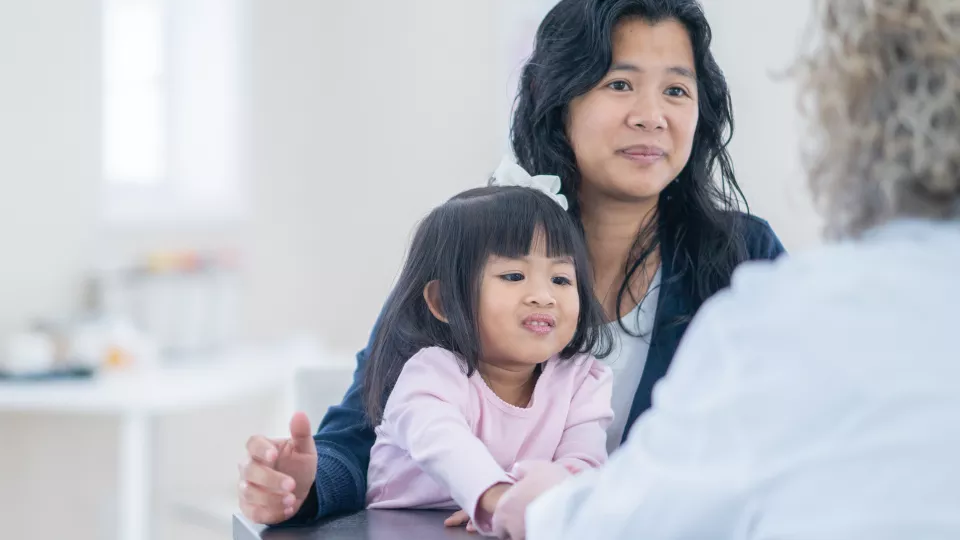
Five Questions Parents Should Ask Their Child’s Oncologist About Participating in a Clinical Trial
When children undergo cancer treatment, they may be offered the chance to participate in a clinical trial. Clinical trials can provide access to new, groundbreaking therapies in a safe and controlled environment. They are a crucial step in developing new treatments that can save lives and improve patient care. Many different types of clinical trials are available for childhood cancers, ranging from cancer detection, diagnosis and prevention to developing innovative therapies for the more advanced and difficult-to-treat cancers.
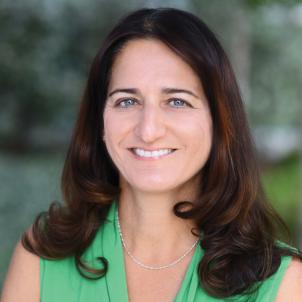
“Clinical trials test new ways to treat pediatric cancer,” says Fariba Navid, MD, Medical Director of Clinical Research at the Cancer and Blood Disease Institute at Children’s Hospital Los Angeles. “Sometimes that is a new therapy, but other times it is using a medication or combination of medications with which we already have considerable experience—but in a new way.”
1. What is a clinical trial?
To develop a new therapy or treatment, it is important to test it in a diverse group of patients to learn about the effects and side effects of treatment. Clinical trials can test whether a new treatment is safe and effective compared to the current standard treatment, evaluate different therapies or ways of providing a standard treatment, find the best dose of a drug, and identify which patients are most likely to benefit. They also help determine better ways of detecting, diagnosing or preventing cancer, and improving the management of cancer symptoms and treatment side effects to provide patients with better quality of life.
2. Why are clinical trials done in phases?
When a new treatment or procedure is being evaluated, a step-by-step approach is used. These steps are called phases. In each phase, new information is gained about benefits and risks before the U.S. Food and Drug Administration allows investigators to move on to the next phase of study. Each phase asks different questions:
- A phase 1 clinical trial tests a treatment in up to a few dozen people to find the lowest, safest dose, the best treatment method and any initial side effects.
- A phase 2 trial studies more people—between 25 and 100—with the goal of determining how well the treatment works against the cancer and identifying any side effects.
- A phase 3 trial, also known as a pivotal trial, compares the outcomes of at least a few hundred people or more who are randomly selected to receive the new treatment or an existing treatment, and monitors for any side effects. Phase 3 trial results are submitted to the FDA for treatment approval.
3. Is participating in a clinical trial mandatory?
Participating in a clinical trial is completely voluntary, and you can decide to stop participating at any time. Choosing not to participate, or withdrawing from a clinical trial, will not affect the care that your child receives.
You must give informed consent for your child to participate in a clinical trial. You will be given a detailed explanation of every part of the trial, and its purpose, risks and benefits to enable you to evaluate the best options for your child.
4. What is the likelihood this treatment will benefit my child?
Depending on the trial design, your child may be randomly assigned to receive the new therapy or the current standard-of-care treatment. It is unknown if a new therapy will benefit your child, but the opportunity to join a clinical trial is only offered to children who can possibly be helped by it. Most new oncology therapies can only be accessed through clinical trials. Even without a direct benefit, some people volunteer for clinical trials to help advance lifesaving research to benefit others in the future.
5. How do I know if this treatment is safe? Why not just test it first in adults?
Some medications have been used to treat cancer in adults. But children are not small adults, so they may respond to medications differently. Also, children get types of cancers that do not occur in adults. This is why it is important to study how various cancers affect children and the safest and the most effective ways to treat them.
Clinical trials have risks that can include unexpected side effects from treatment, or not benefiting from the treatment. People who participate in clinical trials are closely monitored to detect the effects—and any potential side effects—of treatment. It is impossible to know all the treatment side effects in advance, as each person can be affected by a medication differently. Parents should seek care from a pediatric oncologist who is experienced with the medication and knows how to manage potential side effects.
